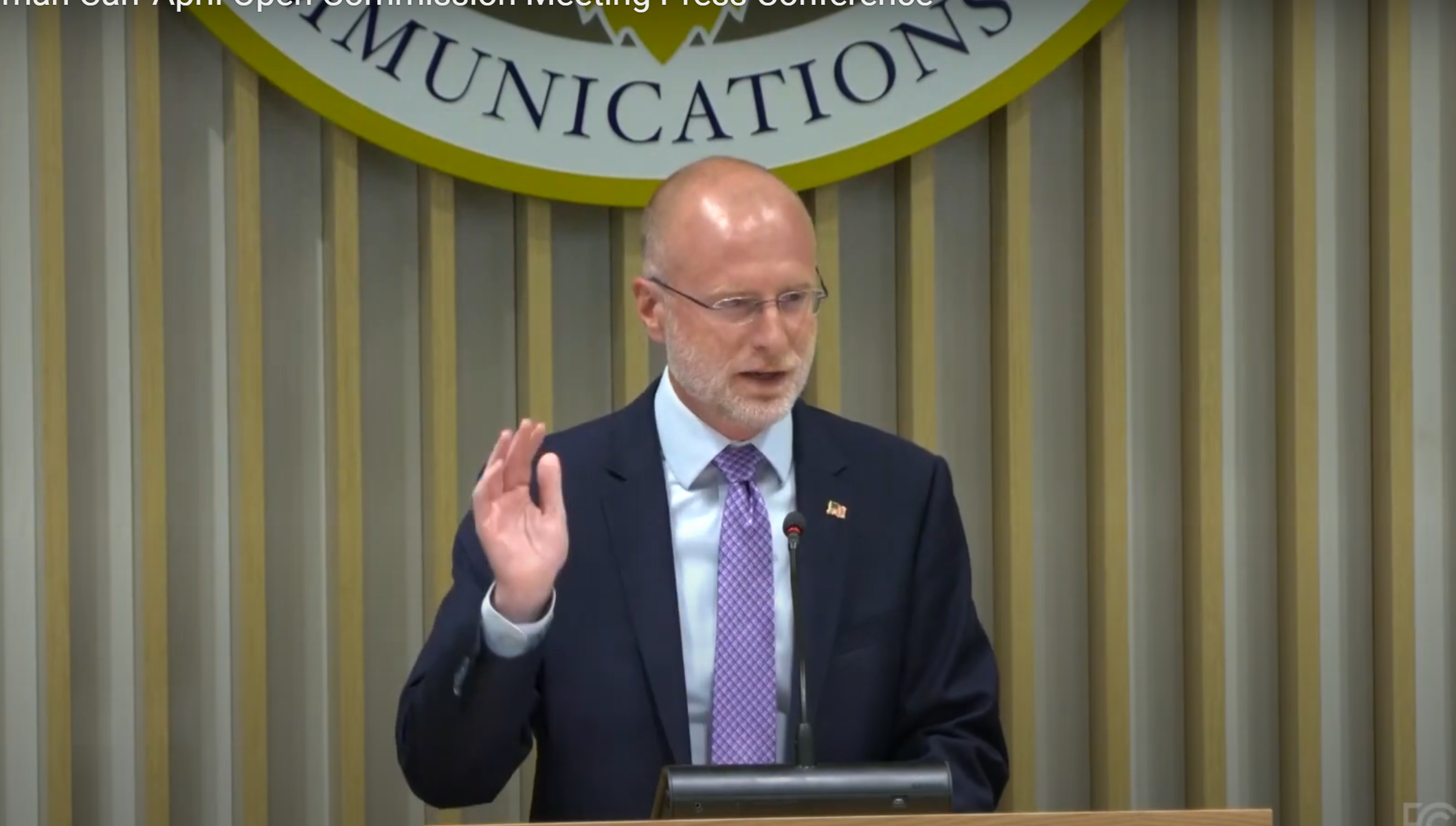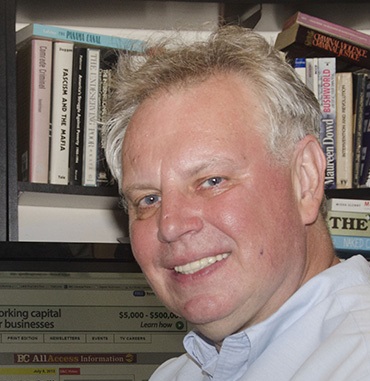FCC Seeks Public Comments on Changing Broadcast Ownership Rules
NAB applauded the move, which could lead to significant changes in national station ownership caps

WASHINGTON—The Federal Communications Commission’s Media Bureau has issued a public notice seeking comments on national broadcast ownership caps, a move that was immediately applauded by the NAB as an “important step towards modernizing a decades old rule that limits television broadcasters’ ability to compete in today’s media marketplace.”
As previously reported, FCC Chair Brendan Carr has been increasingly vocal about his willingness to deregulate broadcast ownership rules as a way to help station owners better compete against big tech companies and strengthen the market position of local stations versus the national broadcast networks.
The notice seeking public comment on ownership caps was issued one day after Olivia Trusty was confirmed by the U.S. Senate as the second Republican FCC member. That will give Carr a 2-1 GOP majority on the commission.
In May, Carr said: “We have these arcane, artificial limits on how many TV stations any one company can own. But of course, that doesn’t apply to big tech. So you have, you know, relatively small TV station groups that are competing with Google and Facebook and others in the advertising part. So I want to ultimately empower those local stations and, frankly, constrain some of the power of those national programmers.”
In the public notice, the Media Bureau reopened comments on a 2017 notice of proposed rulemaking on national ownership caps that limit station groups from owning or controlling broadcast television stations that reach more than 39% of all U.S. television households. The National Cap NPRM also sought comment on a component of the rule that provides a 50% discount to UHF stations for purposes of calculating compliance with the 39% audience-reach cap, often referred to as the “UHF discount.”
“With this Public Notice,” the Media Bureau wrote, “we open a new comment window and encourage the submission of new or additional information to refresh the record in the National Television Multiple Ownership Rule proceeding.”
More specifically, the FCC said it is seeking comment on “materials filed since the comment period ended in April 2018. We invite commenters to review these materials and comment on whether they highlight any issues that warrant further comment and consideration. Are there issues raised in the National Cap NPRM for which new and relevant information has come to light? How have the positions of commenters in this proceeding changed over time as a result of new information? To what extent is prior information in the record outdated or superseded by more recent developments? Where possible, commenters should explain how any new analysis, evidence, or proposals relate to the Commission’s promotion of the public interest.
The professional video industry's #1 source for news, trends and product and tech information. Sign up below.
“Second, we seek comment on new or additional information regarding the television and video programming marketplace that is relevant to this proceeding. Are there changes in the video programming marketplace that would affect the Commission’s prior conclusions about the national audience reach cap? For example, in the National Cap NPRM, the Commission noted, among other developments, the growth of video programming options available to consumers (including online alternatives to traditional video distribution), reverse compensation fees paid by affiliates to broadcast networks, common ownership of broadcast and cable networks, consolidation among both MVPDs and non-network owned broadcast television station groups, and continuing MVPD video subscriber losses.”
In addition, the public notice asked if there are “any developments relevant to the relationship between national broadcast networks and their local affiliate television station groups? Have recent industry developments altered the incentives or behavior of networks, local television affiliates, and other market participants in ways relevant to the national audience reach cap? In the National Cap NPRM, the Commission discussed economies of scale made possible by expansion of station ownership that may help broadcast television remain competitive in the marketplace and deter the migration of expensive over-the-air programming to other video programming distributors.”
The notice also asked for comments on the UHF rule and the idea that the national ownership cap would preserve a balance between the networks and their local affiliates, encouraging local programming.
“The Commission noted its prior conclusions, dating back to 2003, that a national cap would promote localism by enabling local affiliates to influence programming decisions by the networks and to exercise their rights to preempt the airing of network programming in favor of programming better suited to their local communities’ needs,” the public notice explained. “Do these prior conclusions remain accurate in 2025, and can they be expected to remain valid going forward? If so, and the Commission retains a national audience reach cap, should common ownership of stations that are not affiliated with major national broadcast networks (i.e., ABC, CBS, NBC, or FOX) be excluded from the cap? Id. at 10793, para. 18 (seeking comment on whether the national audience reach cap should apply equally to all station ownership groups).”
In response to the FCC’s announcement that it will refresh the record on the national cap, NAB President and CEO Curtis LeGeyt said: “NAB thanks Chairman Carr for taking this important step towards modernizing a decades-old rule that limits television broadcasters’ ability to compete in today’s media marketplace. We appreciate Chairman Carr’s willingness to tackle this critical issue, which will allow us to better serve our communities with trusted news and information. We look forward to working together to bring outdated ownership rules into the 21st century and give local stations a fair chance to compete with Big Tech.”
George Winslow is the senior content producer for TV Tech. He has written about the television, media and technology industries for nearly 30 years for such publications as Broadcasting & Cable, Multichannel News and TV Tech. Over the years, he has edited a number of magazines, including Multichannel News International and World Screen, and moderated panels at such major industry events as NAB and MIP TV. He has published two books and dozens of encyclopedia articles on such subjects as the media, New York City history and economics.

